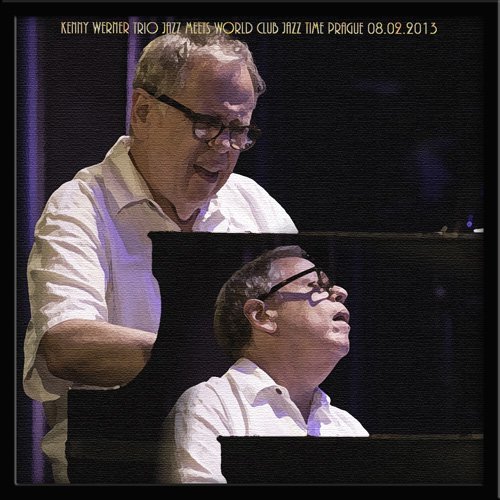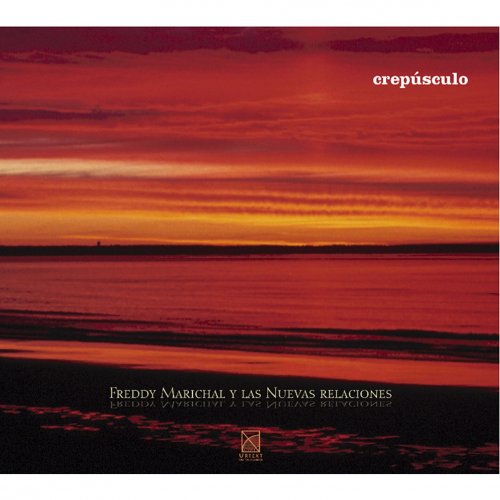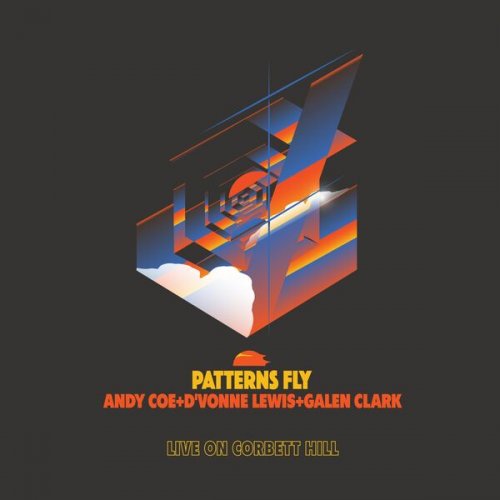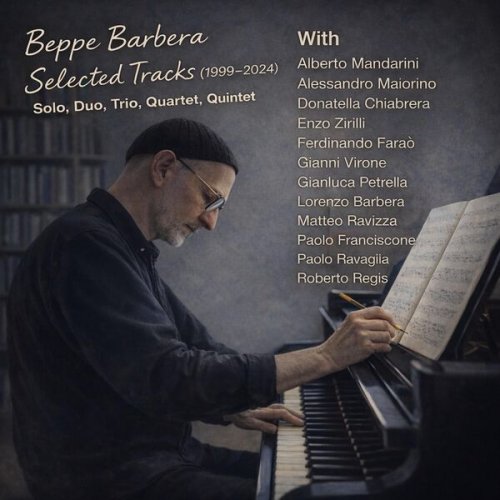San Francisco Symphony, Edo De Waart - John Adams: Harmonielehre (1985)
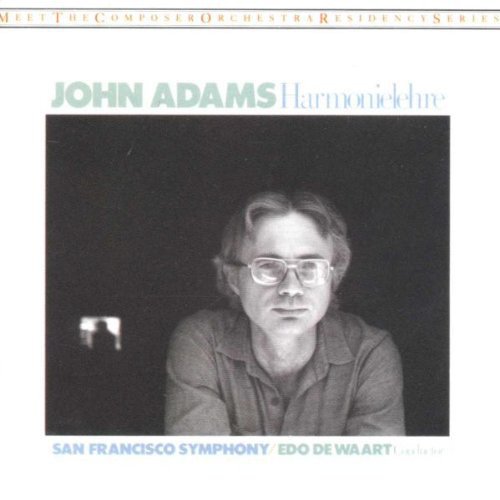
Artist: San Francisco Symphony, Edo De Waart
Title: John Adams: Harmonielehre
Year Of Release: 1985
Label: Nonesuch
Genre: Classical
Quality: FLAC (image+.cue,log)
Total Time: 40:07
Total Size: 177 Mb
WebSite: Album Preview
Tracklist: Title: John Adams: Harmonielehre
Year Of Release: 1985
Label: Nonesuch
Genre: Classical
Quality: FLAC (image+.cue,log)
Total Time: 40:07
Total Size: 177 Mb
WebSite: Album Preview
Harmonielehre
1. Part I
2. Part II: The Anfortas Wound
3. Part III: Meister Eckhardt And Quackie
Performers:
Composed By – John Adams
Conductor – Edo De Waart
Orchestra – San Francisco Symphony
This is an odd recording, but a very exciting one in several respects. John Adams began, of course, as a card-carrying minimalist in the manner of Philip Glass and Steve Reich. His latest two major works, Grand Pianola Music (EMI Angel DS-37345) and Harmonium ECM 25012-1) exhibited expansionist and romantic tendencies and were simply beautiful, but still a little timid about breaking out of the minimalist's pattern/repetition idea. Not so Harmonielehre. This three-movement orchestral work is so romantic, so full of arching, Mahleresque melodies and Sibelian suspensions, that I'm almost tempted to pass it off to a late-Romantic specialist. Yet the obvious parallels with earlier composers seem to be true affinities rather than influences or nostalgic borrowings, and Harmonielehre remains true to a unique personality in recent music that continues to develop (unlike Reich and Glass) in exciting and unpredictable ways.
From the opening outburst it is clear that Adams has broken through his previous stylistic barriers. These pounding, rhythmically jagged E-minor triads seem torturously dissonant, and ally the work at once with the “Sinfonia Espansiva“ of Carl Nielsen—not to mention the “Eroica.“ Much of this first movement is concerned with the interplay of reiterated harmonies that Adams' earlier works have led us to expect, but about halfway through, the melodies begin: slow, languid lines alternately for strings and horn, creeping sadly up to ethereal appog-giaturas, and evincing the love for Sibelius that Adams mentions in the liner notes. The orchestration is the most romantic aspect here: nervously repeating woodwinds, firm structural underpinnings Wagnerianly carried by the low brass, all covered with a Holstian jingle of small percussion.
The second movement (titled “The Anfortas Wound“) is a classic mournful andante, deeply felt, colorful, and infused with the same exquisite sadness that permeates Mahler's last Adagio. The final movement, inspired by images of Meister Eckhart, descends from the gentle, pentatonic fluttering of woodwinds to very gradually reintroduce the unadorned, repeated-harmony style, and an ensuing harmonic conflict that is triumphantly resolved. At one point in this development, strings and winds fade out to reveal a spare but thrilling texture of simply mallet percussion and piano, and suddenly all of minimalism's long-latent expressive potential seems gloriously fulfilled.
Edo de Waart and the San Francisco Symphony have been so involved with Adams' music (he is the orchestra's composer-in-residence) that it is difficult to distinguish their sound from his. Certainly orchestral balance is exquisitely enough handled in both performance and recording to flatter the orchestration's crystalline clarity. De Waart's momentum is confident, unrushed, and powerful, and the first movement in particular is bound to hold the attention of even the most desultory listener. The recording is a little less clear than I would expect from digital, and the pressing is not entirely without pops, but the dynamic range is very wide and well centered; be sure to have the volume up at the beginning for those frightening first chords. For all that I've had to mention other composers to describe the work, Harmonielehre has a forceful, well-defined personality all its own, one of the first true success stories of the much-touted “New Romanticism.“ If you are susceptible to any music written in the last 100 years, go out and buy this recording. Better yet, first listen to Grand Pianola Music and Harmonium and then this; the progression makes Harmonielehre all the more compelling. -- Kyle Gann
From the opening outburst it is clear that Adams has broken through his previous stylistic barriers. These pounding, rhythmically jagged E-minor triads seem torturously dissonant, and ally the work at once with the “Sinfonia Espansiva“ of Carl Nielsen—not to mention the “Eroica.“ Much of this first movement is concerned with the interplay of reiterated harmonies that Adams' earlier works have led us to expect, but about halfway through, the melodies begin: slow, languid lines alternately for strings and horn, creeping sadly up to ethereal appog-giaturas, and evincing the love for Sibelius that Adams mentions in the liner notes. The orchestration is the most romantic aspect here: nervously repeating woodwinds, firm structural underpinnings Wagnerianly carried by the low brass, all covered with a Holstian jingle of small percussion.
The second movement (titled “The Anfortas Wound“) is a classic mournful andante, deeply felt, colorful, and infused with the same exquisite sadness that permeates Mahler's last Adagio. The final movement, inspired by images of Meister Eckhart, descends from the gentle, pentatonic fluttering of woodwinds to very gradually reintroduce the unadorned, repeated-harmony style, and an ensuing harmonic conflict that is triumphantly resolved. At one point in this development, strings and winds fade out to reveal a spare but thrilling texture of simply mallet percussion and piano, and suddenly all of minimalism's long-latent expressive potential seems gloriously fulfilled.
Edo de Waart and the San Francisco Symphony have been so involved with Adams' music (he is the orchestra's composer-in-residence) that it is difficult to distinguish their sound from his. Certainly orchestral balance is exquisitely enough handled in both performance and recording to flatter the orchestration's crystalline clarity. De Waart's momentum is confident, unrushed, and powerful, and the first movement in particular is bound to hold the attention of even the most desultory listener. The recording is a little less clear than I would expect from digital, and the pressing is not entirely without pops, but the dynamic range is very wide and well centered; be sure to have the volume up at the beginning for those frightening first chords. For all that I've had to mention other composers to describe the work, Harmonielehre has a forceful, well-defined personality all its own, one of the first true success stories of the much-touted “New Romanticism.“ If you are susceptible to any music written in the last 100 years, go out and buy this recording. Better yet, first listen to Grand Pianola Music and Harmonium and then this; the progression makes Harmonielehre all the more compelling. -- Kyle Gann
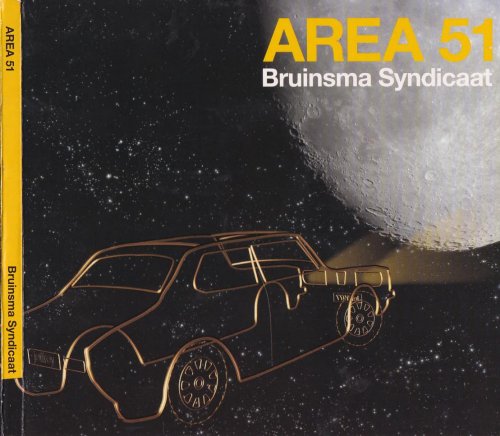

![Cal Collins - In San Francisco (1978) [Hi-Res] Cal Collins - In San Francisco (1978) [Hi-Res]](https://www.dibpic.com/uploads/posts/2026-01/1768240615_cal-collins-in-san-francisco-1978.jpg)
